The Around The Post (ATP) shot is one of those exhilarating moves in pickleball that every player aspires to master. While it might not be as common as some other shots, the ATP is an essential skill for advanced players. Today, we’re diving into the key techniques and common pitfalls to help you execute this shot with precision and confidence.
Understanding the ATP
The ATP shot is taken when the ball is hit wide enough that you can return it without it going over the net but around it instead. It’s a thrilling moment when you pull it off, but many players find themselves struggling with the correct approach.
Common Issues
One of the main problems players encounter is improper body positioning. When your opponent hits the ball cross-court, and your body remains square to the net with your paddle extended, you tend to shuffle heavily to the side. This results in throwing your weight in one direction and struggling to recover.
The Key: Direction of Your Toes
To effectively perform the ATP, it’s crucial to focus on the direction of your toes. Here’s how to refine your movement:
- Toes Leading the Way: As you move across the court, turn your toes in the direction you intend to strike the ball. This forward direction is crucial for maintaining balance and power.
- Avoid Heavy Shuffling: When you shuffle with heavy steps, your weight naturally pulls you back in the opposite direction. This makes it challenging to follow through on your shot and maintain control.
- Smooth Rotation: Instead of a side shuffle, rotate your body so that your toes and torso are aligned towards the ball. This allows you to move in a forward motion, letting the ball pass the post smoothly.
- Accelerate Through the Shot: Many players make the mistake of trying to stop their momentum too much. Instead, allow your weight to carry through the shot. Finish with your paddle pointing in the direction of your intended shot. This not only gives the ball more power and spin but also keeps your body movement fluid and less taxing on your joints.
Execution and Benefits
By turning your toes and allowing your body to move forward, you’ll notice several improvements:
- Increased Power and Spin: Using your body behind the shot enhances both power and spin, making your ATP more effective.
- Better Joint Health: Forward motion is gentler on your joints compared to abrupt stops and heavy shuffling.
- Improved Control: With proper alignment and body mechanics, you’ll gain better control over the ball, making your ATP shots more precise and consistent.
Final Thoughts
Mastering the ATP requires a blend of proper technique and body mechanics. Focus on the direction of your toes, maintain forward motion, and allow your body to flow through the shot. With practice, you’ll find that the ATP becomes a natural and powerful part of your pickleball arsenal.
Remember, it’s not just about hitting the ball around the post—it’s about doing it efficiently and effectively. Keep practicing, stay mindful of your movements, and watch your game elevate to new heights.
Happy playing!
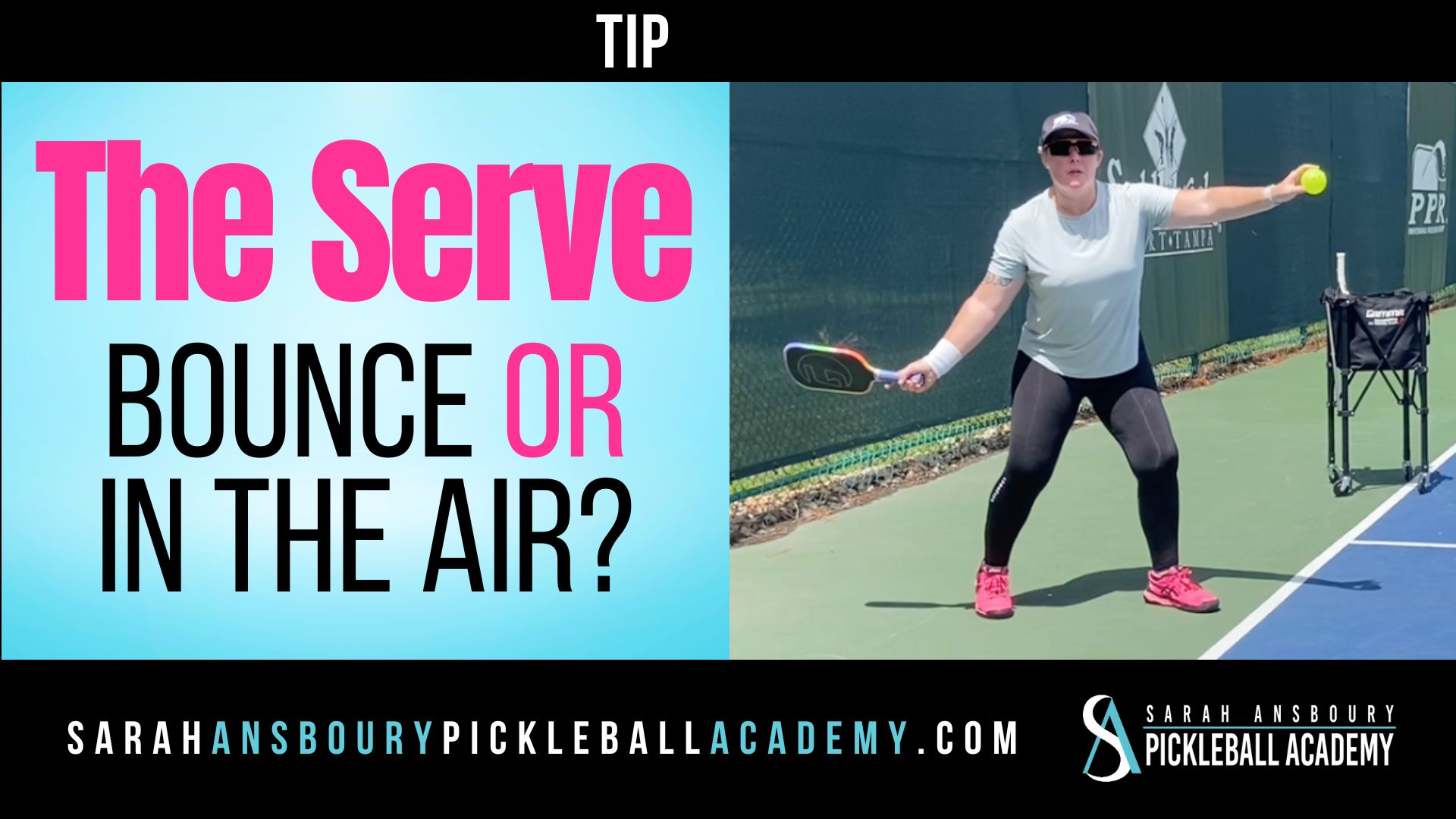
Pickleball Serve: Bounce It or Take It In Air?
September 7, 2024
One thing I often see from players is the reliance on the bounce serve. While there are times when the bounce serve can be useful, it often limits your ability to be more offensive. Today, I want to dive into how transitioning to hitting the serve in the air can
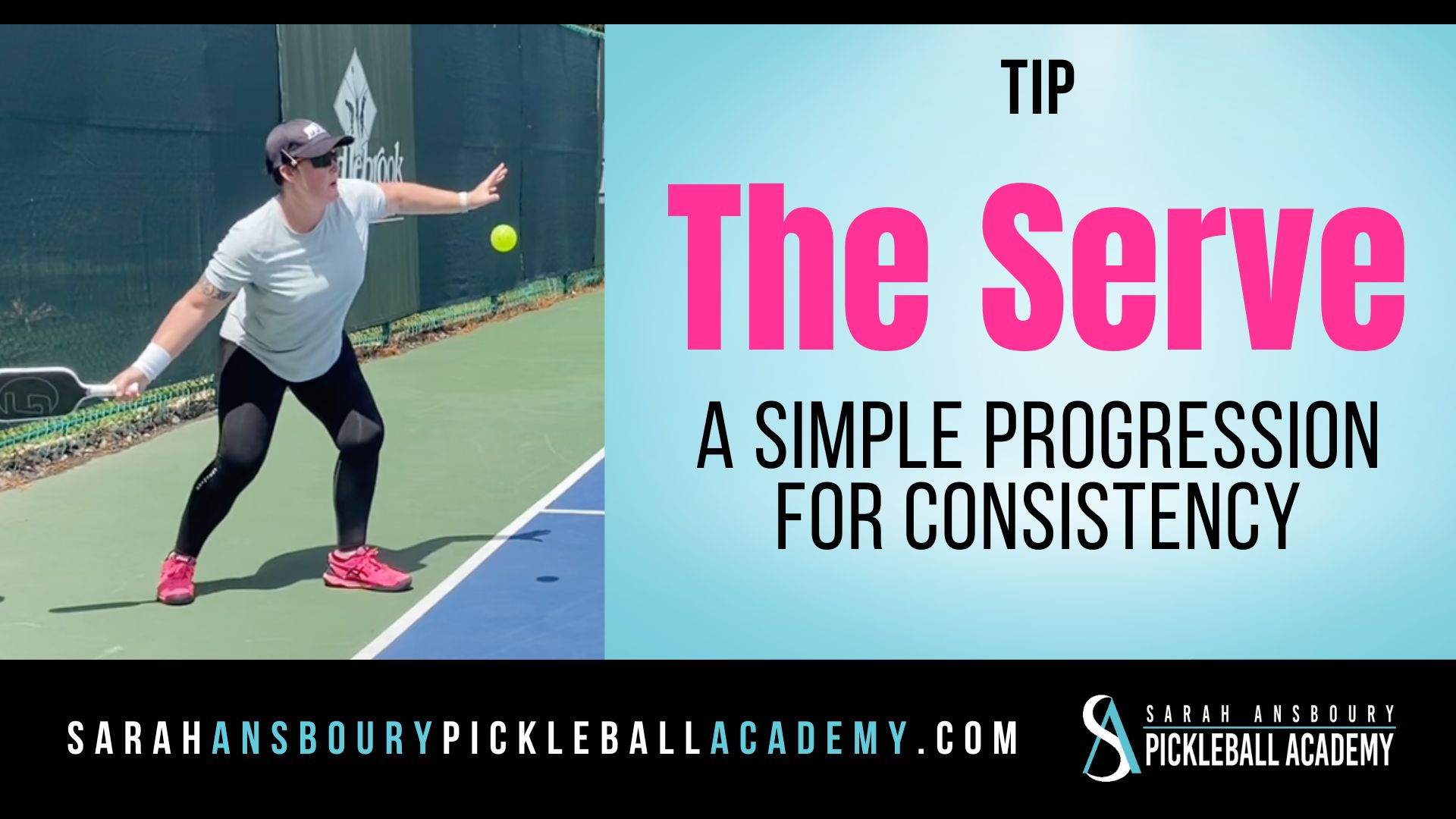
The Serve: A Simple Progression for Consistency
August 29, 2024
In pickleball, the serve is one of the most fundamental aspects of the game. However, as adults, we often complicate what should be a straightforward motion, making it trickier than it needs to be. Today, we’re going to break down the serve into a simple progression that will help you
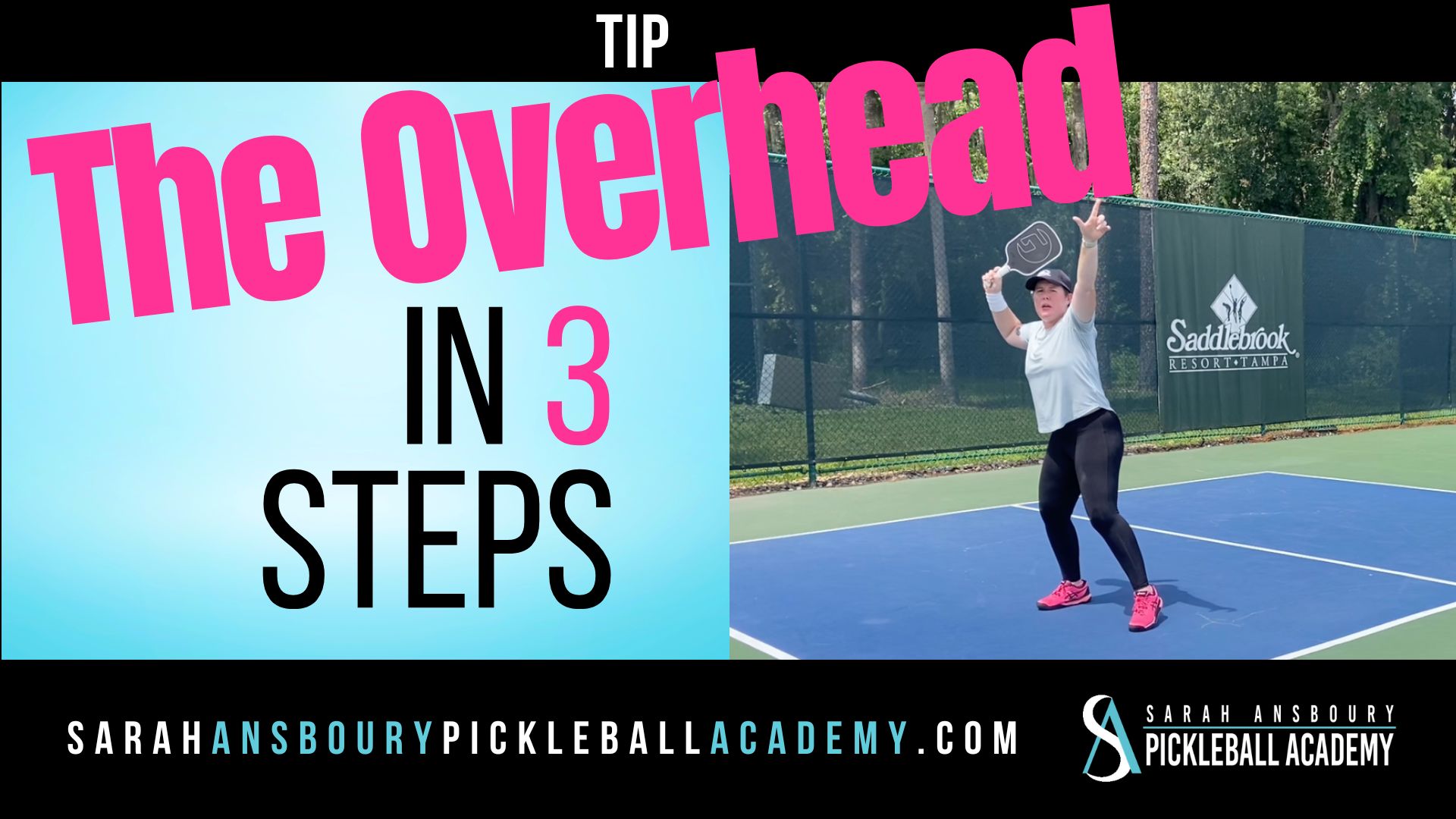
The Overhead In 3 Steps
August 20, 2024
Hitting an overhead in pickleball can be a bit tricky, especially if you’re new to the sport or haven’t played other racquet sports like tennis. However, with the right progression and practice, you can develop a strong and effective overhead shot. In this post, I’ll walk you through a simple
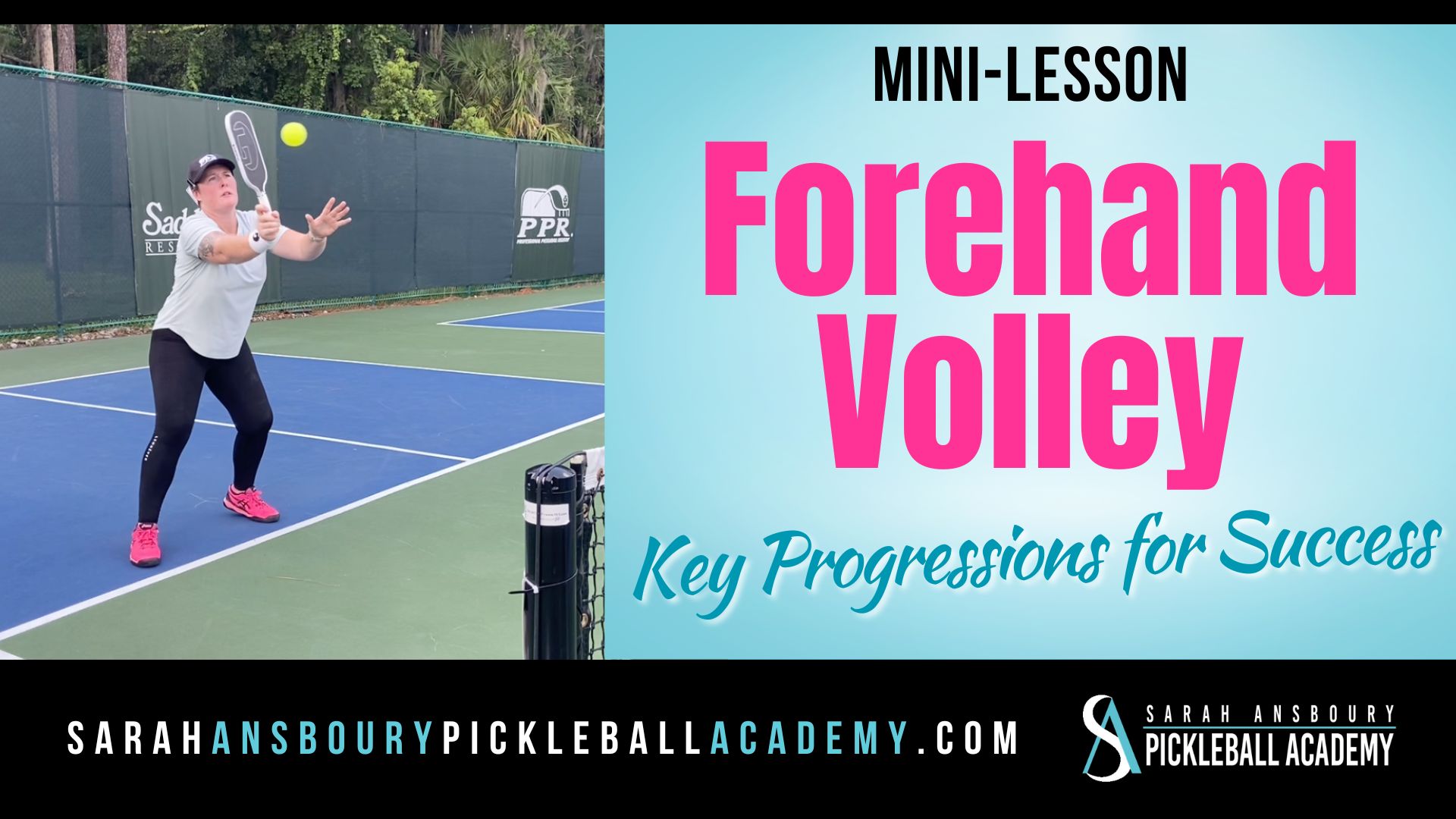
Forehand Volley: Key Progressions for Success
August 8, 2024
Today, we’re diving into the progression of the forehand volley. This can be a bit tricky for new players, but with the right approach, you’ll nail it in no time. Understanding the Basics First, let’s clarify the difference between a dink and a volley. A dink is a low to
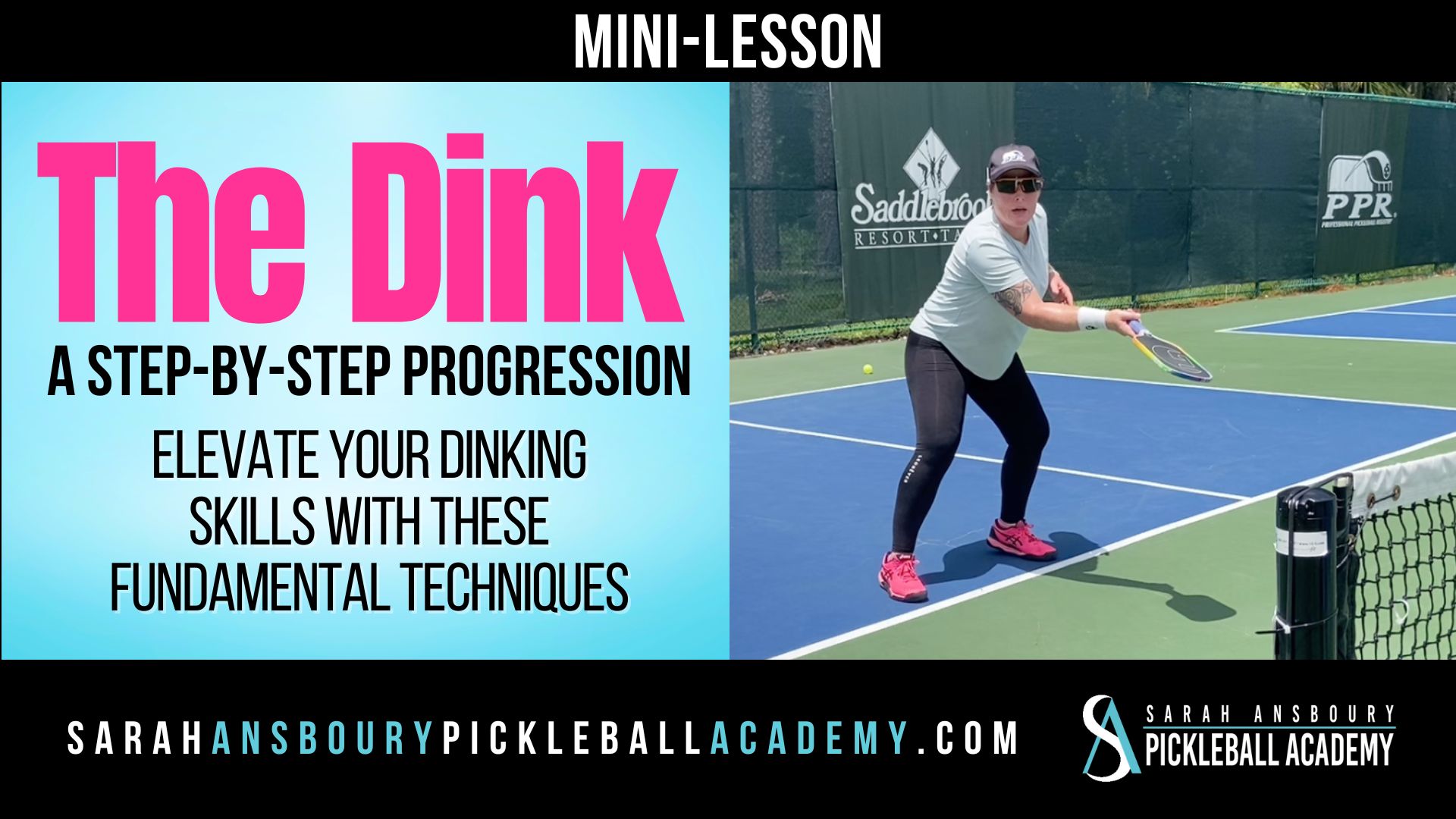
The Dink: A Step-by-Step Progression
July 29, 2024
Elevate Your Dinking Skills with These Fundamental Techniques Today, we’re diving into the fundamentals of progression in pickleball, starting with the dink. I often get asked, “How do you teach a dink?” Well, it’s all about developing a progression of movement, ensuring we’re coordinating our paddle and footwork simultaneously. Let’s
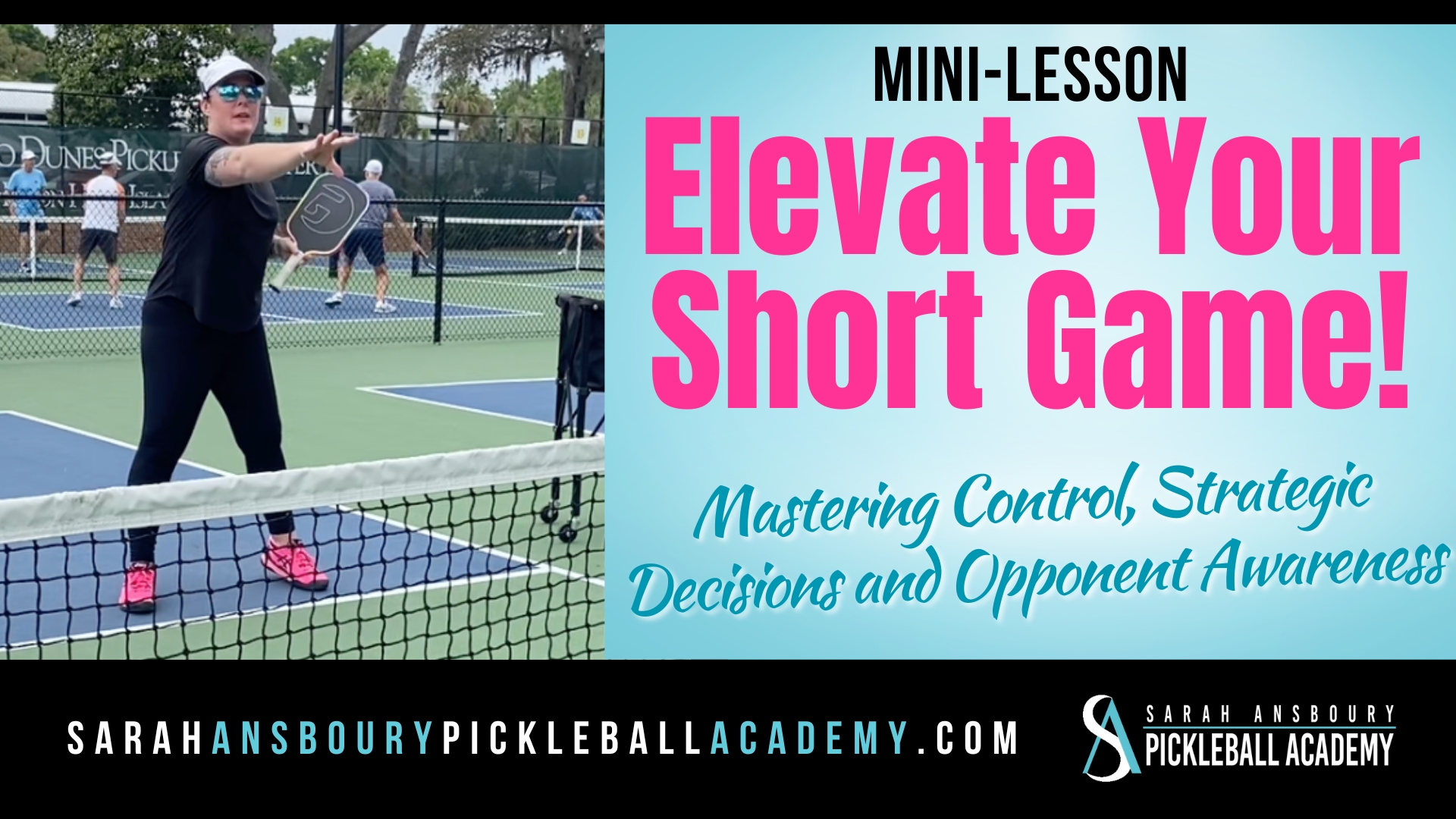
Elevate Your Pickleball Short Game
July 15, 2024
Key Tips to Take Control at the Non-Volley Zone When it comes to improving your short game in pickleball, think offense. By shifting your mindset and focusing on a few strategic points, you can win more points at the NVZ and maintain control over the game. Here are three essential
Anuncie Aqui / Advertise Here
Sua marca para o mundo Pickleball! / Your brand for the Pickleball world!

 English
English  Spanish
Spanish  Portuguese
Portuguese  German
German  Italian
Italian  Japanese
Japanese  French
French  Polish
Polish  Russian
Russian  Netherlands
Netherlands  Hungarian
Hungarian  Turkish
Turkish  Videos
Videos 











 English (US) ·
English (US) ·  Portuguese (BR) ·
Portuguese (BR) ·